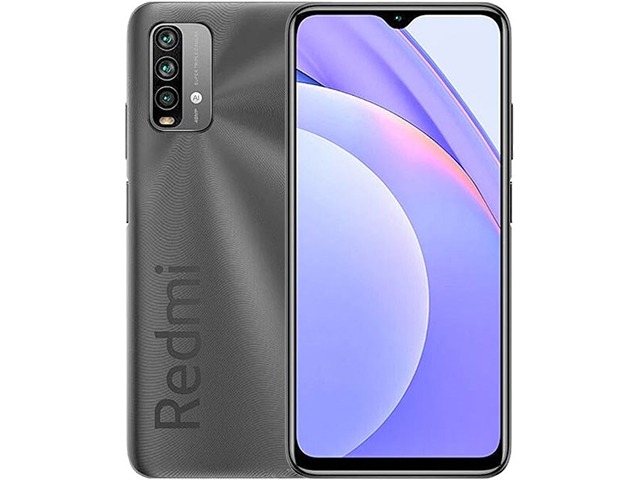Xiaomi Redmi Note 9 4G Review of Specs
Do you like to understand what is the meaning of NFC? Have you read Xiaomi Redmi Note 9 4G review and brochure and noticed some fuzzy things? If you want answers to these questions, and many more about Xiaomi Redmi Note 9 4G specifications, then you are in the right place.
Xiaomi Redmi Note 9 4G model status in the market is Available. However, it is declared by Xiaomi company on 11/26/2020 and Released in 2020, on November 26.
Xiaomi Redmi Note 9 4G has 128GB 4GB RAM, and 6000 mAh battery life (the more mAh value gives more strength to the battery). When you buy Xiaomi Redmi Note 9 4G, you will gain 48 MP, f/1.8, 26mm (wide), 1/2.0″, 0.8µm, PDAF rear camera and 8 MP selfie camera.
Xiaomi Redmi Note 9 4G comes with a 6.53 inches, 104.7 cm2 display size and Corning Gorilla Glass 3 as a display protection that is designed to protect the screen when the phone falls on hard and rough surfaces.
Xiaomi Redmi Note 9 4G has these software and hardware platforms:
* Android 10, MIUI 12 OS,
* Qualcomm SM6115 Snapdragon 662 (11 nm) Chipset
* Octa-core (4×2.0 GHz Kryo 260 Gold & 4×1.8 GHz Kryo 260 Silver) Processor.
In this article, you will find Xiaomi Redmi Note 9 4G review which will represent the main Xiaomi Redmi Note 9 4G specifications that you need to make a well-informed decision about your new mobile phone.
Understanding The Body Specs By Reading Xiaomi Redmi Note 9 4G Review
The body features of the mobile phone, which include body size, body weight, and body build, should be considered while selecting a new cellular phone… The lines that follow have a Xiaomi Redmi Note 9 4G review related to the body features.
* Body Dimensions: 162.3 x 77.3 x 9.6 mm (6.39 x 3.04 x 0.38 in) which means height, width, and thickness (depth) respectively.
* Body Weight: 198 g (6.98 oz).
The ideal weight of a mobile phone is between 140g to 170g, which is good for most users.
* Body Build: Glass front (Gorilla Glass 3), plastic frame, plastic back.
The markets offer a variety of body kinds.:
* Metal. The name shows that this type is made of metal, so it has the highest strength to protect the smartphone components.
* Plastic. It can be more robust than metals because it doesn’t bend and long-lasting than glass as it doesn’t crash easily.
* Glass. Glass-encased Mobile phones have more attractive and polished., however, glass is more likely to shatter due to its crisp nature.
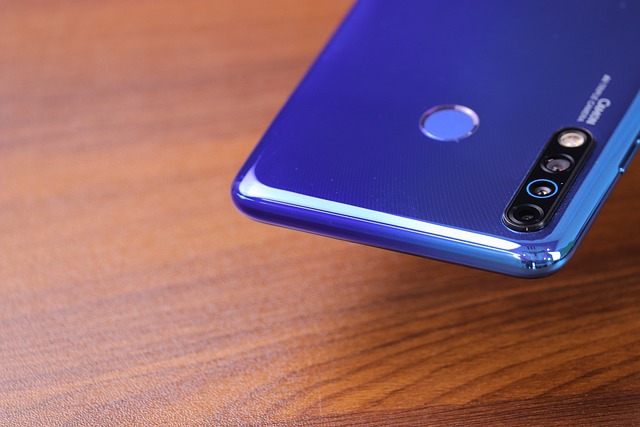
The Available Colors – Xiaomi Redmi Note 9 4G Review
There is no better or worse color for the mobile phone’s case, but it hinges on two things: the first one is your personal taste, and the second is the nature of your work.
Xiaomi Redmi Note 9 4G comes in the following colors: Gray, Green, Blue, and Orange.

Knowing Display specifications Using Xiaomi Redmi Note 9 4G Review
As smartphone innovations evolve quickly, it is hard to identify any cellphone or combination of characteristics as the best. This applies to the quality and specs of the screen. In fact, choosing it depends on your preference and the areas in which you use cell phones. In the following lines, we will demonstrate the crucial screen features of the Xiaomi Redmi Note 9 4G
Display Type: IPS LCD – Always select a screen type that gives actual black and more flashy colors.
Display Size: 6.53 inches, 104.7 cm2 – The common standard screen size of cellular phones now averages between 4.7 and 6.5 inches.
Display Nits Brightness: 400 nits (typ).
Display Nits Full: 400 nits (typ),.
Screen To Body Ratio: (~83.4% screen-to-body ratio). It gives the percentage of how much of the front face is covered by the display.. Smartphones that have the largest screen-to-body ratio look delicate and give them a premium look.
Display Ratio: 19.5:9 ratio. the Aspect ratio is the relevance between the height and width of the smartphone screen. Taller aspect ratios like 19.5:9 is coming with the most modern smartphones, and it is suitable for web browsing, and other portrait orientation apps.
Display Resolution: 1080 x 2340 pixels. It is the clarity of an image video in detail and sharpness. The pixel resolution for high-definition screens is 1920 x 1080.
Display Density: (~395 ppi density). It is the number of physical pixels per inch on a screen and is measured in Pixels Per Inch (ppi).
Display Protection: Xiaomi Redmi Note 9 4G comes with the following display protection:
* Corning Gorilla Glass 3
* Corning Gorilla Glass 3.

Knowing Camera characteristics Using Xiaomi Redmi Note 9 4G Review
In the following lines, you will find Xiaomi Redmi Note 9 4G review about the main cameras.
* Main Camera Single: {48 MP, f/1.8, 26mm (wide), 1/2.0″, 0.8µm, PDAF}.
Here are explanations about some of the symbols included in the camera specifications:
MP (Megapixels) is the resolution of the image taken by a smartphone.
(f value) is the aperture of a lens that indicates how much light it lets in. The larger the aperture, the more light is let in; and vice versa.
(mm value) This measurement is of the lens’s focal length, which affects the final image that is produced by your camera.
AutoFocus (AF) is the function of a camera to automatically focus on a subject.
* Main Camera Dual: 8 MP, f/2.2, 120˚ (ultrawide), 1/4.0″, 1.12µm
* Main Camera Triple: 2 MP, f/2.4, (depth)
The main camera features are as follows:
HDR, panorama, 1080p@30fps main video camera.
In the following lines, you will find Xiaomi Redmi Note 9 4G review of the selfie camera:
* Selfie Camera Single: 8 MP
The main camera specs are:
720p@30fps Selfie video camera.
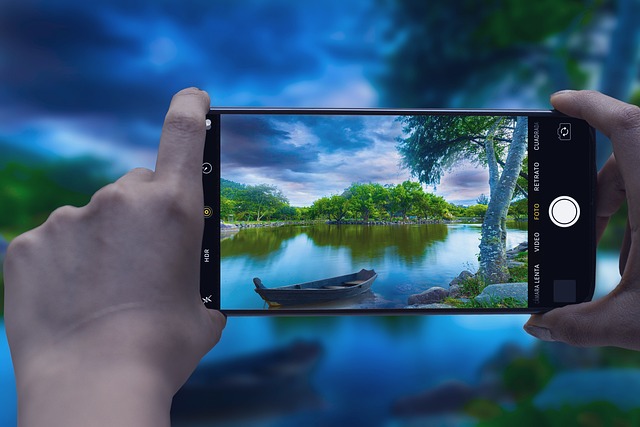
What’s The SIM card? Xiaomi Redmi Note 9 4G Review
The acronym SIM is used to refer to the Subscriber Identity Module. It is a microchip that can be fitted into your cellphone to be able to access your phone’s communication features to make calls, send SMS, and connect to the 3G, 4G LTE, and 5G mobile internet. For more information about 3G / 4G networks, refer to Xiaomi Redmi Note 9 4G 3G or Xiaomi Redmi Note 9 4G 4G articles. SIM cards come in three sizes: Standard (Mini), Micro, and Nano. It is possible to use your smartphone without a SIM card, such as using the calculator, playing games, saving text or voice notes, and connecting to a Wi-Fi network to explore the internet.
This mobile phone model comes with Dual SIM (Nano-SIM, dual stand-by) card. For more information, refer to the How to insert SIM card in Xiaomi Redmi Note 9 4G article.
Here are the common SIM card kinds:
* Nano-SIM. This removable SIM card size is the smallest available one, so it is the most modern one (other than eSIMs, which we’ll talk about it very soon) and most current mobile phones are using it.
* Micro SIM. They have a little bit larger chip, and they’re seldom been used in recent years.
* Standard SIM (Mini-SIM). It is the biggest SIM card size in use, and it’s the most seldom used.
* eSIM. It is an embedded SIM card, meaning that you can’t remove it from your mobile phone.
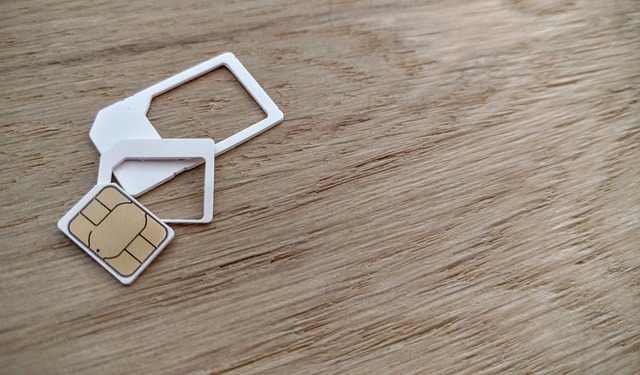
Xiaomi Redmi Note 9 4G Review – Chipset, CPU, and GPU
This model has a Qualcomm SM6115 Snapdragon 662 (11 nm) chipset.
A chipset on a cellphone is most usually termed a system-on-chip (SoC). It is an integrated circuit that combines all the basic components of a device on a single chip. The most popular types are QUALCOMM Snapdragon, MEDIATEK CHIPSETS, and INTEL ATOM.
Xiaomi Redmi Note 9 4G has Octa-core (4×2.0 GHz Kryo 260 Gold & 4×1.8 GHz Kryo 260 Silver) CPU.
The performance of the CPU will be improved by increasing the number of cores and the processing speed.
Xiaomi Redmi Note 9 4G has the following GBU (Graphics Processing Unit): Adreno 610.
This chip is responsible for handling and accelerating all graphics jobs, and the faster the GPU, the more powerful the device will be.
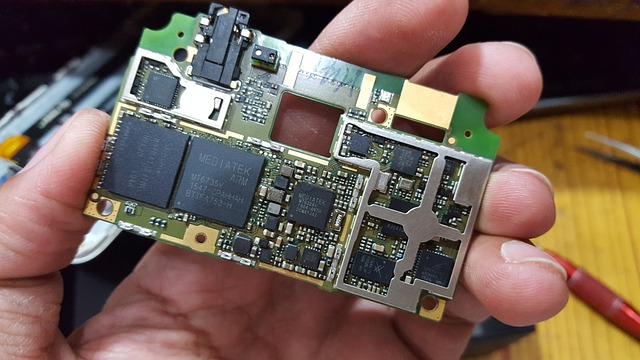
Xiaomi Redmi Note 9 4G Review of the Storage Specs and Capacity
The quantity of storage that a new cellular phone provides is one of the main decision considerations… Actually, Xiaomi Redmi Note 9 4G comes with a microSDXC memory card slot, and the following internal memory: 128GB 4GB RAM – 128GB 6GB RAM – 128GB 8GB RAM – 256GB 8GB RAM
There are two types of phone memory:
Internal: It is integrated inside the phone, and can’t be extended. These days, most smartphones come with an internal memory of at least 32GB or 64GB and a few high-end models feature 256GB or 512GB.
External: It is a removable SD card used as extra storage to save photos, music, videos, etc., regardless of the kind of SD card slot.
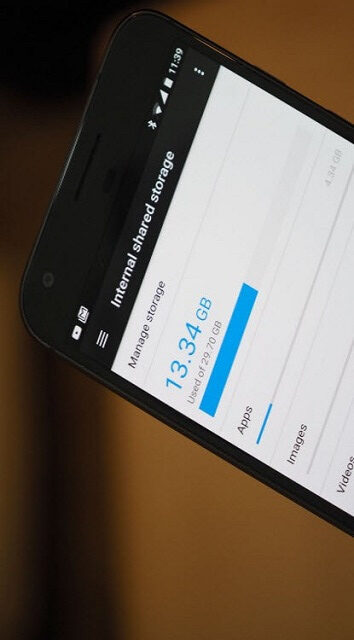
Xiaomi Redmi Note 9 4G Review – Mobile Networks and Connectivity
A wireless network is a technology that secures wireless telecommunications for mobile devices. This is done through telecommunications towers comprising specific different areas. There are three types of these networks: 3G, 4G (LTE), and 5G. These kinds are supported by the most recent smartphones.
Xiaomi Redmi Note 9 4G supports the following networks: 3G. For more info, refer to Xiaomi Redmi Note 9 4G 3G article. – 4G. For more info, refer to Xiaomi Redmi Note 9 4G 4G article.

Xiaomi Redmi Note 9 4G Review of The Available Wireless Connections
This model includes the following wireless communications:
* WLAN connection: {Wi-Fi 802.11 a/b/g/n/ac, dual-band, Wi-Fi Direct, hotspot}. Wireless Local Area Network depends on Wi-Fi to connect to the home or office wireless network using the local router and provides Internet access.
* Bluetooth connection: {4.2, A2DP}. It is a common wireless communication protocol used to connect two devices together over short ranges, allowing them to share data between different devices.
* GBS connection: {Yes, with A-GPS, GLONASS, GALILEO, BDS}. Global Positioning System allows mobile phones to define any position you need.
* USB connection: {USB Type-C 2.0, USB On-The-Go}.Universal Serial Bus is wired technology that allows users to connect two devices, such as a smartphone with a PC, to either transfer data or charge the connected device.
* Features Sensors: {Fingerprint (side-mounted), accelerometer, proximity, compass}. The sensor is a device that detects and majors the changes in the nearby environment such as ambient light and motion.

The Operating System – Xiaomi Redmi Note 9 4G Review
This model comes with {Android 10, MIUI 12} operating system.
Battery Main Specs – Xiaomi Redmi Note 9 4G Review
Nothing is more essential than the battery of the mobile phone that keeps these gadgets running and providing daily life working. In the following lines, you’ll see the Xiaomi Redmi Note 9 4G review of its primary battery.
* Battery Technology: {Li-Po}.
* Xiaomi Redmi Note 9 4G comes with {a non-removable} battery.
* Battery Capacity: {6000} mAh. It refers to the amount of storage volume a particular battery is able to provide. A battery with a 3100 mAh capacity rating could supply a current of 3100 mA for one hour. Higher mAh ratings for the same battery type will generally mean more working time.
* Battery Charging: {Fast charging 33W}.
* Battery Charging Time: {66% in 30 min (advertised)}.
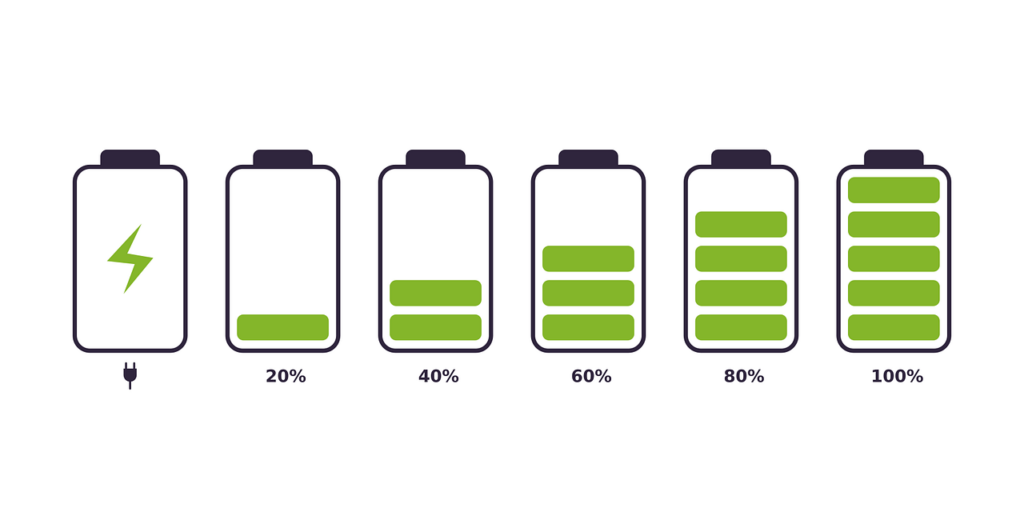
Xiaomi Redmi Note 9 4G Review – The Battery Secondary Specifications
In addition to the main Xiaomi Redmi Note 9 4G specs that we mentioned earlier, this model has more battery-related characteristics that are relatively varied depending on the type of cellular phone. These specifications are as follows:
* Battery Charging Original: {Fast charging 18W, Reverse charging 2.5W}.


